We keep hearing from mediators that they would like to have everyone meet in the same room, but the lawyers don’t want to. There are compelling advantages for the lawyers, the mediator and the parties to consider in deciding whether to meet jointly rather than separately. Mediators recognize that lawyers are often a driving force in mediations, so mediators need the lawyers’ active support and agreement for joint meetings to be successful. The dialogue often starts in the initial conversation with the lawyers.
One advantage is that the lawyers and parties have more control over the outcome and process, e ven though they sometimes feel they have more control if they are meeting separately because the lawyer can shield a client from the other side, particularly in a situation in which sensitive information is disclosed to the mediator. However, there is then enormous reliance on the mediator’s judgment regarding what information is revealed and what outcome may be acceptable to the either side. In a joint meeting, the parties and lawyers are privy to unfiltered content and can make their own independent determination regarding what would be acceptable to the other through observing both verbal and nonverbal communication.
Another advantage of a joint meeting is the possibility for parties to hear and be heard by each other, which is particularly important for many people to be ready to let go of the conflict and come to resolution. Lawyers who are sensitive to their clients’ emotional states recognize that what may lie at the root of irrational behavior of a client is the parties’ frustration at not being understood, or being misunderstood by the other.
A third advantage is the ability to have a conversation about the law, which is often an important stage in the mediation. It can be enormously educational to parties to hear about the law not only from their own lawyer but also from the mouth of the other lawyer. This is further enhanced if the lawyers are willing to take the additional step of going beyond posturing and discussing the legal risks their clients face.
Another opening that can occur in joint meetings is for the parties to understand what is important to themselves and the other by being present when they speak about what is really at stake for them. A live conversation helps them to appreciate the realities of their situation in a more immediate and visceral way than can happen through separate conversations with and reports back from the mediator.
The participation of lawyers and clients together with a full understanding of the situation provides unparalleled opportunities for creativity and synergy that come from the physical reality of having everyone together.
Is this for everyone? Of course not. Is it right for all lawyers and parties? No. But having a thorough and honest discussion with lawyers and parties together regarding the process is an opportunity in and of itself to have a different experience of everyone’s relationship to the conflict.
